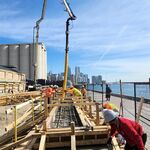RC8
Senior Member
http://www.bbc.co.uk/news/uk-14405734
I saw this article and thought it was a fairly interesting concept.
Do you think this would be useful for anything in the GTA's context?
I saw this article and thought it was a fairly interesting concept.
Do you think this would be useful for anything in the GTA's context?





